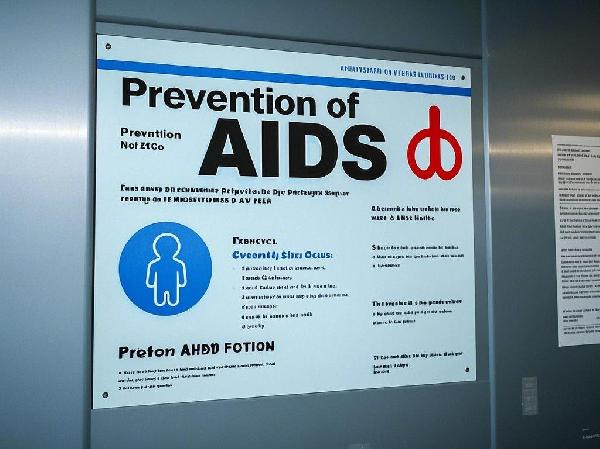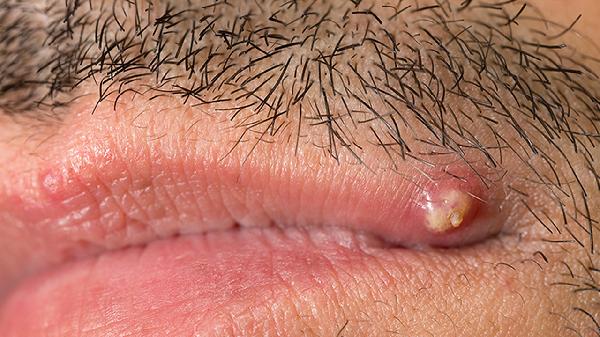For the vast majority of families, a harmonious and satisfying sexual life is an integral and inseparable part of a healthy lifestyle. Sexual issues are prevalent across populations, often linked to health conditions and psychosocial factors, and can significantly impact spousal relationships. While male erectile dysfunction (ED) has garnered substantial attention from researchers due to its effect on the quality of life for both men and their partners, effectively treating ED and restoring satisfactory erections does not always guarantee a fulfilling sexual relationship. This is because women may also experience sexual dysfunction or develop related issues triggered by their partner’s ED.
Women Experience a Broader Spectrum of Sexual Dysfunctions
The World Health Organization (WHO) defines sexual dysfunction (SD) as the inability of an individual—whether male or female—to participate in the sexual activities they desire. Female sexual dysfunction (FSD) specifically refers to a woman’s inability to engage in desired sexual activities, achieve satisfaction during intercourse, or maintain healthy interpersonal relationships. FSD is an age-related, progressive condition that severely impacts women’s quality of life and is increasingly recognized as a common and prevalent issue. FSD encompasses several categories, including sexual desire disorders (such as hypoactive sexual desire, sexual aversion, and hypersexuality), arousal disorders, orgasmic disorders, and sexual pain disorders (including dyspareunia, vaginismus, and non-contact sexual pain). A patient may exhibit one or multiple types of these dysfunctions simultaneously.
Women Are More Likely to Experience Sexual Dysfunction Than Men
Clinical epidemiological studies reveal that FSD is highly prevalent. According to U.S. statistics, 30% to 50% of adult women suffer from some form of sexual dysfunction. Fisher et al. (1999) reported that 39.9% of Canadian women of reproductive age (18–44 years) experience issues related to sexual desire. Laumann et al. (1999), whose findings are widely cited and considered authoritative, conducted a study involving 1,749 women and 1,410 men (aged 18–59) to assess sexual health and quality of life. Their research found that women are more prone to sexual dysfunction than men (43% vs. 31%), with the prevalence increasing with age. The most common issues include hypoactive sexual desire (51%), followed by arousal disorders (33.9%) and sexual pain (16%).
Early studies in American indicate that the overall prevalence of FSD has reached approximately 70.9%. Despite this high incidence, FSD often goes unnoticed by healthcare providers. This oversight may stem from religious and traditional cultural influences, which have delayed research into women’s sexual health. Further interdisciplinary collaboration is essential to advance understanding in this field, offering a promising avenue for sexual medicine professionals to make significant contributions.
The Need for Greater Awareness and Research
The lack of attention to FSD highlights a critical gap in healthcare. Women’s sexual health is often overshadowed by societal taboos and a historical focus on male sexual dysfunction. However, addressing FSD is crucial for improving overall relationship satisfaction and quality of life for both partners. Healthcare providers must recognize the importance of screening for and treating FSD, fostering open communication with patients about their sexual health.
Conclusion
Sexual dysfunction is a shared responsibility within relationships, and women’s sexual health deserves equal attention. By addressing both male and female sexual dysfunctions, couples can work toward achieving a more fulfilling and harmonious sexual relationship. Increased awareness, research, and interdisciplinary collaboration are essential to advancing the field of sexual medicine and improving the lives of those affected by these issues.
























